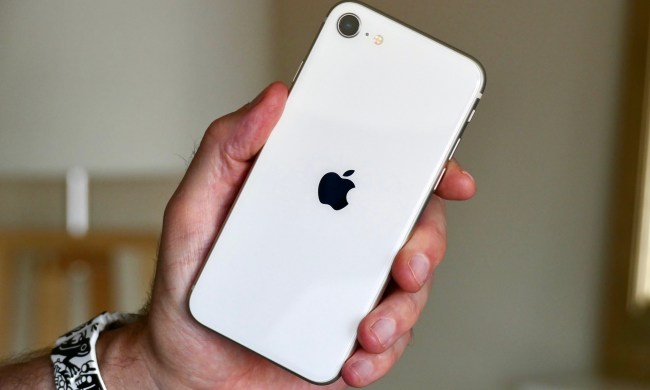It’s almost time, everyone. Following months and months of nonstop leaks and rumors, it’s almost time for Apple to announce its next batch of iPhones.
Apple has sent out press invitations to its next big event, with an invitation that shows a glowing Apple logo in blue, purple, pink, and orange with the tagline “It’s Glowtime.”
Earlier rumors suggested the event would happen on September 10, but the invite confirms the official date is 10 a.m. PT on Monday, September 9. It kicks off at the Steve Jobs Theater in Apple Park with an in-person gathering, though in typical Apple fashion, it will also be live-streamed for everyone around the world to watch.
So, what do we expect from the event? The iPhone 16 series will almost certainly be the star of the show. We’re expecting the usual slate of models, including the base iPhone 16, the iPhone 16 Plus, the iPhone 16 Pro, and the iPhone 16 Pro Max. Rumors suggest we’re getting larger displays, upgraded cameras, and a new Capture Button on all four phones.

We should also see new Apple Watches at the event, including the Apple Watch Series 10 and the Apple Watch Ultra 3. Details on the new watches haven’t been as plentiful as iPhone 16 rumors. The Series 10 may feature larger displays with thinner bodies, and we are not anticipating any major new health features.
There’s also talk of new AirPods — specifically, base model AirPods, not new AirPods Pro or AirPods Max. Apple may announce new iPads and MacBooks later in the year, but not likely at this September 9 event.
And that’s about it! Word on the street is that the new iPhones and Apple Watches will be available for purchase on September 20 following the September 9 event. We’ll have a lot more to say soon, so stay tuned.




